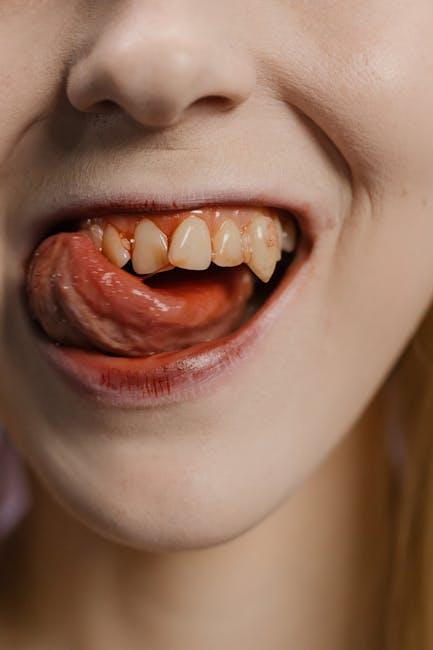
Does Medicaid Cover Dental? Orthodontics, Common Procedures & State Coverage
Dental health is a crucial part of overall well-being, but many wonder: does Medicaid cover dental services? The answer isn’t straightforward because Medicaid dental coverage varies by state, age group, and procedure type. Whether you’re seeking routine cleanings or orthodontic treatment, understanding your Medicaid dental benefits is essential to receive proper care without unexpected costs.
Understanding Medicaid Dental Coverage
Medicaid is a joint federal and state program primarily designed to help low-income individuals access healthcare. While it includes essential medical services, dental coverage under Medicaid is more variable and limited, especially for adults.
Medicaid Dental for Children vs. Adults
Federal law requires all states to provide dental coverage for children under the age of 21 enrolled in Medicaid, known as the Early and Periodic Screening, Diagnostic, and Treatment (EPSDT) benefit. However, dental coverage for adults is optional and highly dependent on your state’s Medicaid plan.
- Children under 21: Comprehensive dental benefits, including diagnostic, preventive, and restorative services.
- Adults 21 and older: Coverage ranges from emergency dental services only, limited basic care, or full dental benefits, depending on the state.
Does Medicaid Cover Orthodontics?
Orthodontic treatment (such as braces) is generally considered a cosmetic procedure and is not typically covered by Medicaid for adults. However, there are exceptions:
- Children: Medicaid often covers orthodontics if there is a medical necessity—such as cleft palate correction, severe malocclusion affecting speech or eating, or other qualifying conditions.
- Adults: Orthodontic coverage is less common but may be available on a case-by-case basis in some states if deemed medically necessary.
Always check with your state Medicaid office to confirm coverage policies before starting orthodontic treatment.
Common Dental Procedures Covered by Medicaid
Dental services covered under Medicaid vary, but here’s an overview of common procedures that may be included:
| Dental Procedure | Coverage (Children) | Coverage (Adults) |
|---|---|---|
| Routine Cleanings | Yes, typically covered | Depends on state, usually limited |
| Fillings | Covered | Varies by state |
| Extractions | Covered | Often covered, especially emergency cases |
| Root Canals | Generally covered | Limited coverage |
| Orthodontics (Braces) | Covered if medically necessary | Rarely covered |
| Dentures & Crowns | May be covered | Varies widely by state |
State-by-State Variations in Medicaid Dental Coverage
Because dental benefits for adults are optional, states have their own specific coverage policies. Here are a few examples illustrating how dental coverage differs:
- California: Provides limited adult dental services including some preventive care, extractions, and emergency procedures.
- New York: Offers comprehensive dental benefits for adults, including exams, fillings, root canals, and dentures.
- Texas: Adult dental coverage is minimal, mostly emergency services only.
- Florida: Similar to Texas, with emergency dental services but limited routine care for adults.
How to Find Your State’s Medicaid Dental Coverage
To find the exact dental services covered by Medicaid in your state, visit your state’s Medicaid website or use the official Medicaid.gov resource page. Many states publish downloadable coverage documents and provider directories for dental services.
Benefits of Medicaid Dental Coverage
Having access to Medicaid dental benefits can significantly improve quality of life and health outcomes. Some key benefits include:
- Preventive care: Regular cleanings and exams help prevent serious dental problems down the line.
- Cost savings: Medicaid helps cover expensive dental procedures, reducing out-of-pocket costs.
- Improved overall health: Good oral health is linked to lower risks of heart disease, diabetes complications, and respiratory infections.
- Access to treatment: Enables low-income families to access restorative and emergency dental care they might otherwise skip.
Practical Tips for Using Medicaid Dental Benefits
Maximize your Medicaid dental coverage with these tips:
- Verify your dental coverage and benefits annually with your state Medicaid office.
- Find Medicaid-accepting dentists by searching online or calling your state Medicaid helpline.
- Schedule regular checkups to catch dental issues early and maintain oral health.
- Keep records of all treatments and communications with providers.
- If orthodontic treatment is necessary, ask your dentist about medically necessary procedure documentation.
Case Study: Medicaid Dental Coverage in Action
Jane, a single mother living in New York, managed to get orthodontic treatment covered for her son through Medicaid. Thanks to the state’s comprehensive dental policy for children, Jane’s son received braces to correct a severe overbite contributing to speech difficulties. The Medicaid program covered most orthodontic expenses, saving Jane thousands of dollars.
However, Jane’s own adult dental care was more limited. She received emergency extractions and cleanings through Medicaid but had to seek separate insurance for full dental care coverage. This case highlights the importance of understanding your state’s policies and planning accordingly.
Conclusion: Navigating Medicaid Dental Coverage
Does Medicaid cover dental? Yes, but it depends on many factors such as your age, state, and the type of dental care you need. Children under 21 typically have robust dental coverage, while adult benefits vary widely across the country. Orthodontic treatment is mostly covered for children with qualifying medical needs but rarely for adults.
Staying informed about your Medicaid dental coverage, including limitations and how to access providers, empowers you to maintain good oral health without facing large financial burdens. Whether you need routine cleanings, emergency procedures, or orthodontic care for your child, Medicaid can be a valuable resource—just be sure to check your state’s specific rules and eligibility.
For more personalized help navigating Medicaid benefits and finding dental providers, visit Healthinsurance.org for trusted resources and assistance.


